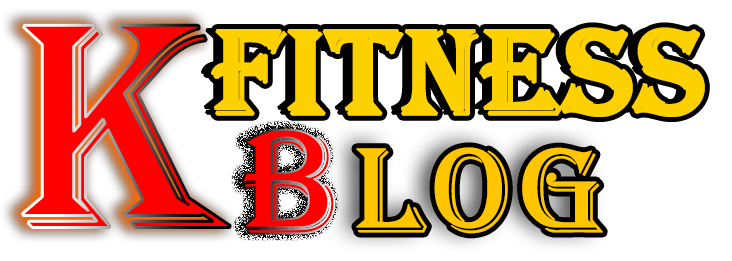Muscle pain is a common complaint that can significantly impact daily life. One frequently overlooked source of discomfort is the psoas muscle. Nestled deep within the core of the body, the psoas muscle can cause pain that radiates to various regions, affecting mobility and overall well-being. In this article, we delve into the causes, symptoms, and effective strategies for managing psoas muscle pain.
The Psoas Muscle and its Significance
The psoas muscle, technically the iliopsoas, is a major player in the intricate web of muscles supporting the body. Emerging from the lumbar spine, it traverses the pelvis and attaches to the thigh bone. The psoas muscle’s key roles include:
- Hip Flexion: Initiating movements like walking and running by lifting the thigh towards the torso.
- Spinal Stability: Bolstering the lower spine, aiding in maintaining proper alignment and posture.
- Core Support: Connecting the upper and lower body, contributing to core strength and balance.
Read Also: Unleashing Flexibility The Ultimate Guide to Psoas Muscle Stretches
Causes of Psoas Muscle Pain
Several factors can contribute to psoas muscle pain:
- Sedentary Lifestyle: Prolonged periods of sitting can lead to a shortened psoas muscle, triggering pain and discomfort.
- Overuse or Strain: Repetitive movements that engage the psoas, such as excessive running or cycling, can lead to overuse and subsequent pain.
- Poor Posture: Slouching and poor posture can strain the psoas muscle, potentially causing pain to radiate through the lower back and hips.
- Stress and Tension: Emotional stress can manifest physically, leading to tension and tightness in the psoas muscle.
Symptoms of Psoas Muscle Pain
Recognizing the symptoms of psoas muscle is crucial:
- Lower Back Discomfort: Pain originating in the psoas can manifest as lower back pain, often accompanied by stiffness.
- Hip Pain: Pain in the front of the hip or deep within the groin area can be indicative of psoas muscle.
- Radiating Pain: Psoas pain can radiate down the thigh, mimicking symptoms of sciatica.
- Difficulty in Movement: A tight or painful psoas can limit hip mobility, affecting activities like walking, bending, or lifting.
Managing Psoas
- Stretching: Gentle and consistent stretching can help relieve tension in the psoas muscle. Incorporate stretches like the low lunge or kneeling lunge into your routine.
- Massage and Myofascial Release: Professional massage or self-myofascial release techniques, using foam rollers or massage balls, can alleviate muscle tension.
- Posture Awareness: Maintaining proper posture, especially during prolonged periods of sitting, can prevent strain on the psoas muscle.
- Stress Management: Practicing relaxation techniques like deep breathing, meditation, or yoga can help alleviate both physical and emotional stress, reducing psoas tension.
- Professional Consultation: If pain persists or worsens, seeking guidance from a medical professional, physiotherapist, or chiropractor is recommended.
The psoas muscle, though often unnoticed, can wield considerable influence over our comfort and mobility. Psoas muscle can disrupt daily activities, but with awareness and targeted care, it can be managed effectively. By incorporating stretches, maintaining good posture, and addressing underlying stressors, you can untangle the knots of and regain a sense of balance and vitality in your body.






